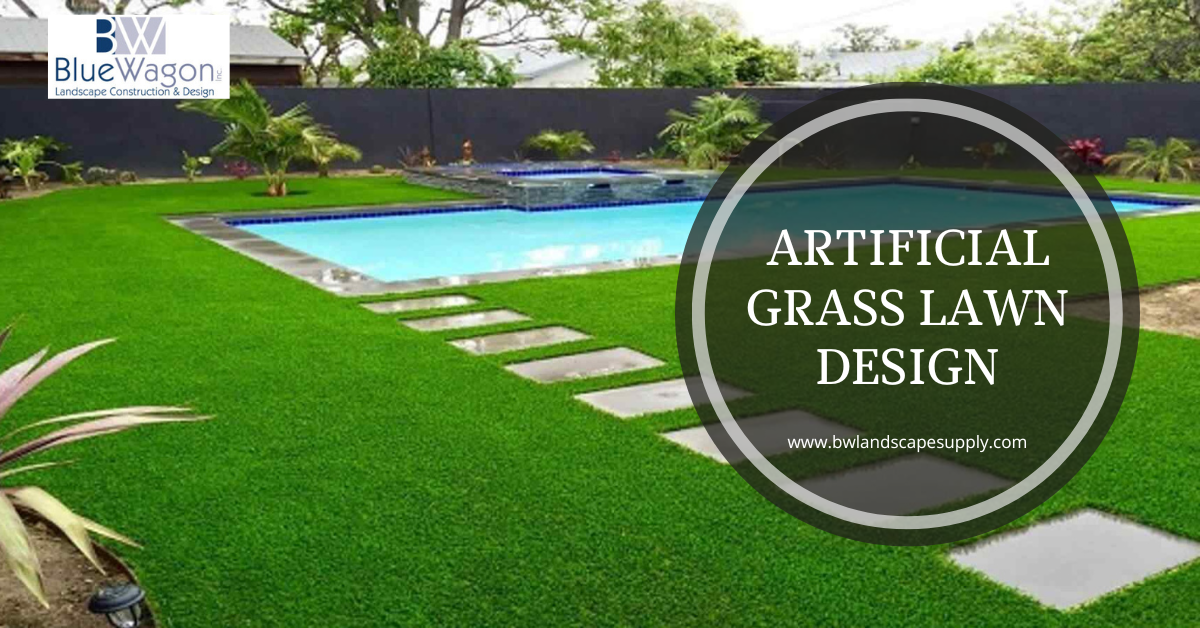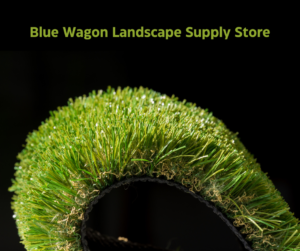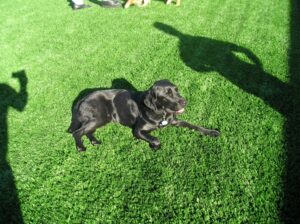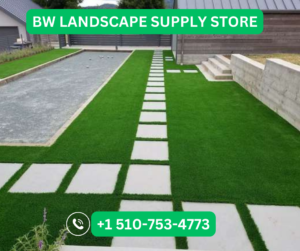In the ever-evolving world of landscaping, the concept of realistic fake grass is gaining significant traction. More homeowners and businesses are opting for artificial turf to enjoy a lush green lawn without the hassle of maintenance associated with natural grass.
Advantages of Realistic Fake Grass
Low Maintenance
One of the primary perks of opting for artificial turf is the minimal maintenance it requires. Say goodbye to mowing, watering, and fertilizing – artificial grass stays perfectly manicured year-round with little effort on your part.
Water Conservation
With global concerns about water scarcity, artificial turf emerges as a sustainable choice. Unlike natural grass, it doesn’t demand a constant supply of water, contributing to water conservation efforts.
Year-round Greenery
While natural grass succumbs to the changing seasons, artificial turf remains vibrant and green throughout the year. This perpetual greenery enhances the aesthetic appeal of your landscape.
Types of Realistic Fake Grass
Choosing the right type of artificial turf is crucial for achieving the desired look and functionality. Three common types include polyethylene turf, polypropylene turf, and nylon turf, each with its unique set of characteristics.
-
Polyethylene Turf
Known for its soft texture and natural appearance, polyethylene turf is a popular choice for residential lawns.
-
Polypropylene Turf
Polypropylene turf is more budget-friendly and suitable for areas with less foot traffic, making it ideal for decorative purposes.
-
Nylon Turf
Renowned for its durability, nylon turf is often chosen for high-traffic areas, making it suitable for sports fields and commercial spaces.
Installation Process for Realistic Fake Grass
Achieving a seamless and lasting result with artificial turf involves a well-executed installation process.
Site Preparation
Preparing the site involves clearing the area, removing existing grass, and ensuring a level surface for the turf to be laid.
Base Material
The choice of base material is crucial for drainage and stability. Crushed stone or decomposed granite is commonly used to create a sturdy foundation.
Turf Installation
Installing the turf requires precision and expertise. Each roll must be accurately placed and secured to ensure a uniform and visually appealing result.
Cost Efficiency of Artificial Turf
Initial Investment vs. Long-term Savings
While the initial cost of installing artificial turf may seem substantial, the long-term savings in maintenance and water expenses often outweigh the upfront investment.
Maintenance Costs
Comparing maintenance costs between natural and artificial grass highlights the cost-effectiveness of the latter, especially in regions with water restrictions.
Environmental Impact of Realistic Fake Grass
Water Savings
The environmental benefits of realistic fake grass extend to water conservation. Artificial turf eliminates the need for constant irrigation, reducing water consumption significantly.
Reduction in Pesticide Use
Unlike natural grass, which often requires pesticides to combat pests and diseases, artificial turf is resistant to such issues, contributing to a reduction in pesticide use.
Durability and Longevity of Synthetic Grass
-
Withstanding Harsh Weather Conditions
Artificial turf is designed to withstand harsh weather conditions, including extreme temperatures, heavy rain, and even snow.
-
Lifespan Comparison with Natural Grass
When properly maintained, artificial turf can outlast natural grass, providing a long-lasting and attractive landscaping solution.
Realism in Appearance
Mimicking Natural Grass Blades
Advancements in technology have enabled the creation of artificial turf that closely mimics the texture and appearance of natural grass blades.
Color Variation and Textures
Realistic fake grass comes in various shades of green, allowing homeowners to choose a color that complements their outdoor aesthetics.
Pet-Friendly Features of Realistic Fake Grass
-
Easy to Clean
Artificial turf is pet-friendly, offering easy cleanup of pet waste. The turf’s design allows for efficient drainage, preventing unpleasant odors.
-
Pet Comfort and Safety
Pets can comfortably play on artificial turf without the risk of allergens or harmful chemicals present in some natural grasses.
DIY vs. Professional Turf Installation
Pros and Cons of Each Option
While some homeowners opt for a DIY installation to save costs, professional installation ensures a flawless result and can be more time-efficient.
Factors Influencing the Decision
Consider factors such as the size of the area, personal expertise, and desired outcome when deciding between DIY and professional installation.
Realistic Fake Grass for Sports
-
Impact on Sports Fields
Artificial turf has revolutionized sports fields, providing a consistent playing surface regardless of weather conditions.
-
Performance and Safety Considerations
Players benefit from the even surface and shock-absorbing properties of artificial turf, reducing the risk of injuries.
Maintenance Tips for Realistic Fake Grass
-
Regular Cleaning and Brushing
To maintain the vibrant appearance of artificial turf, regular cleaning and brushing are essential. This helps prevent debris buildup and ensures the turf’s longevity.
-
Dealing with Stains or Pet Waste
Quickly addressing stains or pet waste is crucial to maintaining the cleanliness of artificial turf. Most stains can be easily removed with mild detergent and water.
Before and After Transformations
Visual representations of before-and-after transformations showcase the significant impact artificial turf can have on the overall look of a property.
Potential Drawbacks of Artificial Turf
Heat Retention
One potential drawback of artificial turf is its tendency to retain heat, especially in warmer climates. Choosing lighter-colored turf can help mitigate this issue.
Environmental Concerns
While artificial turf offers environmental benefits, the production process involves synthetic materials, raising concerns about its ecological impact.
Conclusion
In conclusion, the choice between natural and realistic fake grass ultimately depends on individual preferences, maintenance capabilities, and environmental considerations. Artificial turf presents a viable and attractive alternative, transforming landscapes with its low maintenance, water-saving features, and year-round greenery.
FAQs about Realistic Fake Grass
Is artificial turf suitable for all climates?
Artificial turf is designed to withstand various climates, but considerations like heat retention should be taken into account.
How often should artificial turf be cleaned?
Regular cleaning is recommended, especially in high-traffic areas, to maintain the turf’s appearance and longevity.
Can artificial turf be installed over existing grass?
It’s not recommended, as proper site preparation is crucial for a successful and lasting installation.
What is the lifespan of realistic fake grass?
With proper maintenance, realistic fake grass can last up to 15 years or more.
Is artificial turf suitable for homes with pets?
Yes, artificial turf is pet-friendly and provides a safe and comfortable surface for pets.
Also Read:



